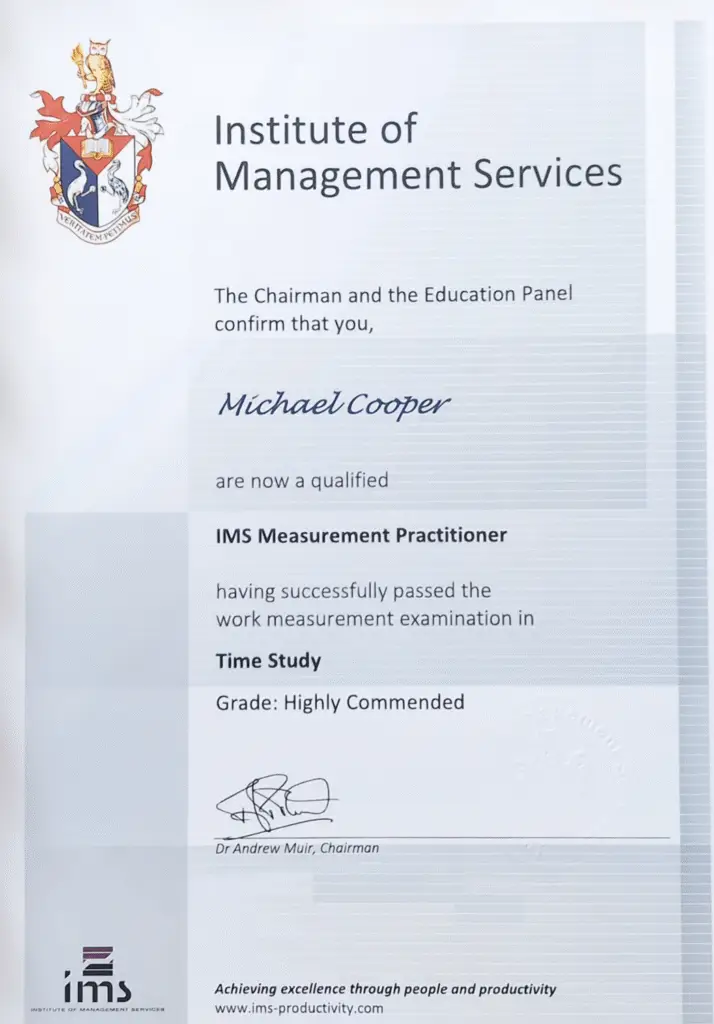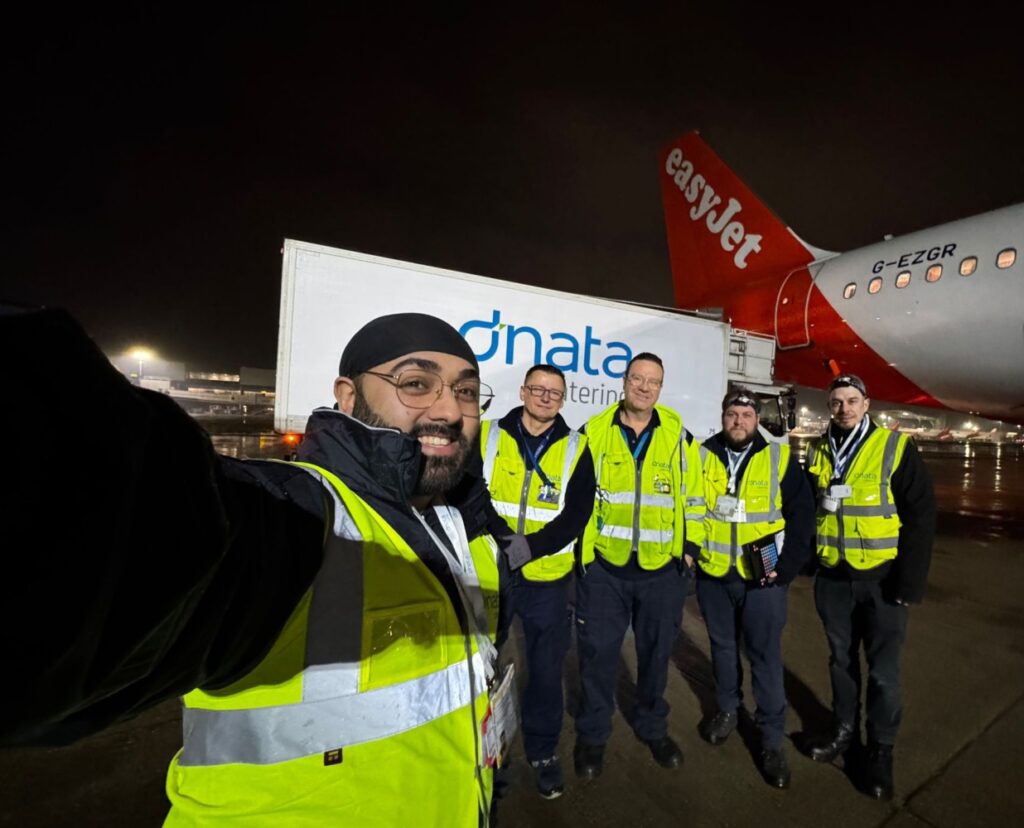Changing the lens / Switching focus
What’s it like to make a complete career change after 18 years running your own business? Well, 18 months ago I took the leap and moved from using film to tell stories to uncovering them through data and here’s what I have learned so far…
After moving away from my video production company in 2022, I took a role at a tech firm Helpthemove in Manchester. That ticked many of my boxes – working with innovative software that makes property management effortless – but not all of them – but not all of them. In the meantime, there’s one career option that has always been there, on the periphery, through family connections. Enter productivity analysis.
I had no preconceived ideas about what a career as a productivity analyst involved. All I knew was that I was ready for a change, and I was keen to find a role that would challenge me, enable me to learn, and could offer me the flexibility to work for myself again.
Those of you who know me will know I love to learn new things, and I’m a bit of a data geek. The idea of adding a new string to my bow that could lead to a role as a consultant appealed to me. So, in January 2024, I completed my IMS Productivity Analyst and Measurement Practitioner training with the Institute of Management Services, collected my ratings card, and the rest – as they say – is history.
Luck was on my side. The week I finished my training, I was offered my first project through productivity improvement specialists, Scott-Grant. The following week, I found myself in a chiller in a warehouse in London belonging to a major UK supermarket chain, tablet in hand.
Before my training, I was unsure exactly what productivity analysis involved. Even after my training, I didn’t fully appreciate that I’d be going straight into some of the UK’s biggest businesses and would need to hit the ground running.
My job is to gather the data that will inform business-wide productivity improvement programmes in companies across the retail, automotive, manufacturing, pharmaceutical sectors – to name a few.

Here are five key things I’ve learned in my first 18 months as a productivity analyst with Scott-Grant Limited :
Milliseconds matter:
Productivity analysts are running what used to be known as ‘time and motion studies’. We observe and monitor tasks, breaking them down into their component parts and measuring the time it takes to complete each. One thing I learned fast is that the cumulative impact of small changes can be HUGE. We measure in milliseconds. And when you multiply that by the number of people doing a particular task across a large organisation, you see that milliseconds matter. Saving seconds on a task can save a business millions of pounds. Which means there’s a lot riding on the data we gather. It never really occurred to me before how many elements a task can be broken down into, and how having and using that information can benefit businesses. A 1% difference here or there might not sound like a lot, but when 200 people are doing the same job across the country, it can make the difference between – for example – hiring too many people, or too few, to run a system efficiently and cost-effectively.
Business is data-powered:
Another big learn for me has been the many, many different ways the data we gather can be used. This is extremely rewarding because it means you get to see the impact of your work. Take an aviation catering business, for example. Over the course of an six-month project based out of Gatwick and Heathrow, we analysed the process of making economy, premium economy and business class meals. We broke the process down, component by component. That company now knows exactly how much it costs to make every single meal, so now when they complete tenders, they can price them quickly, efficiently, and with absolute precision. It really felt as though we were part of that organisational change and knowing our work has helped that company win business is exciting to me.

Be prepared:
Over the last 18 months I’ve worked all over the UK. I’ve spent time in airports and in cold storage warehouses, where the right clothes really do matter. Imagine standing for hours in a chiller and not being able to feel your feet – it’s distracting! I’ve watched people building cars and tracked the process. I’ve spent more time than I care to remember standing at supermarket checkouts observing which are most used and which are under-utilised. I’ve tracked people from their arrival at the opticians through to selecting new glasses, and I love the variety that my role brings.
People skills still matter in a data-focused role:
I imagined that my interaction with people would be limited in a role that is so heavily data driven. But you can’t just march into someone’s workplace and start watching them without letting them know who you are, why you’re there, building rapport and reassuring them that the work you are doing is purely about tracking the process and not checking up on them.
Show me the bigger picture:
some clients involve us at the strategic planning stage of a project. This board-level involvement is fantastic, because it means we get to see the bigger picture and understand why we are capturing the data we are capturing, as well as how and where it will be used. This means we can answer people’s questions when we’re out on the shop, warehouse or factory floor. It also means we can make more informed decisions about the actions we can take in projects that have so many moving parts. We can make better decisions about the data we capture because we are equipped with knowledge about the wider project objectives. I have learned more than I could have imagined in such a short period of time. The biggest takeaway so far is that productivity analysis is about much more than timings and data. It’s about helping businesses make smarter decisions, empowering people and creating efficiencies. It’s been an exciting step for me, and I’m excited to see where it continues to lead me.
